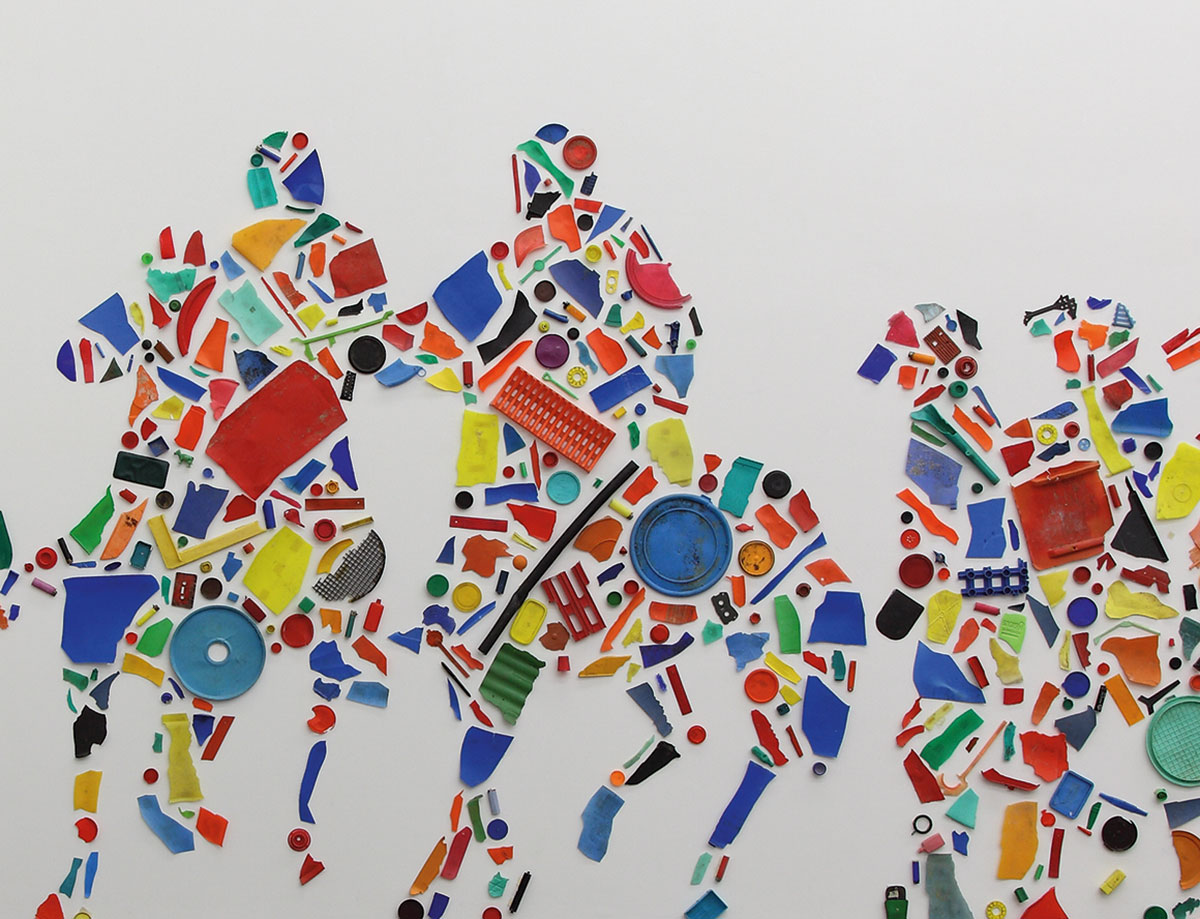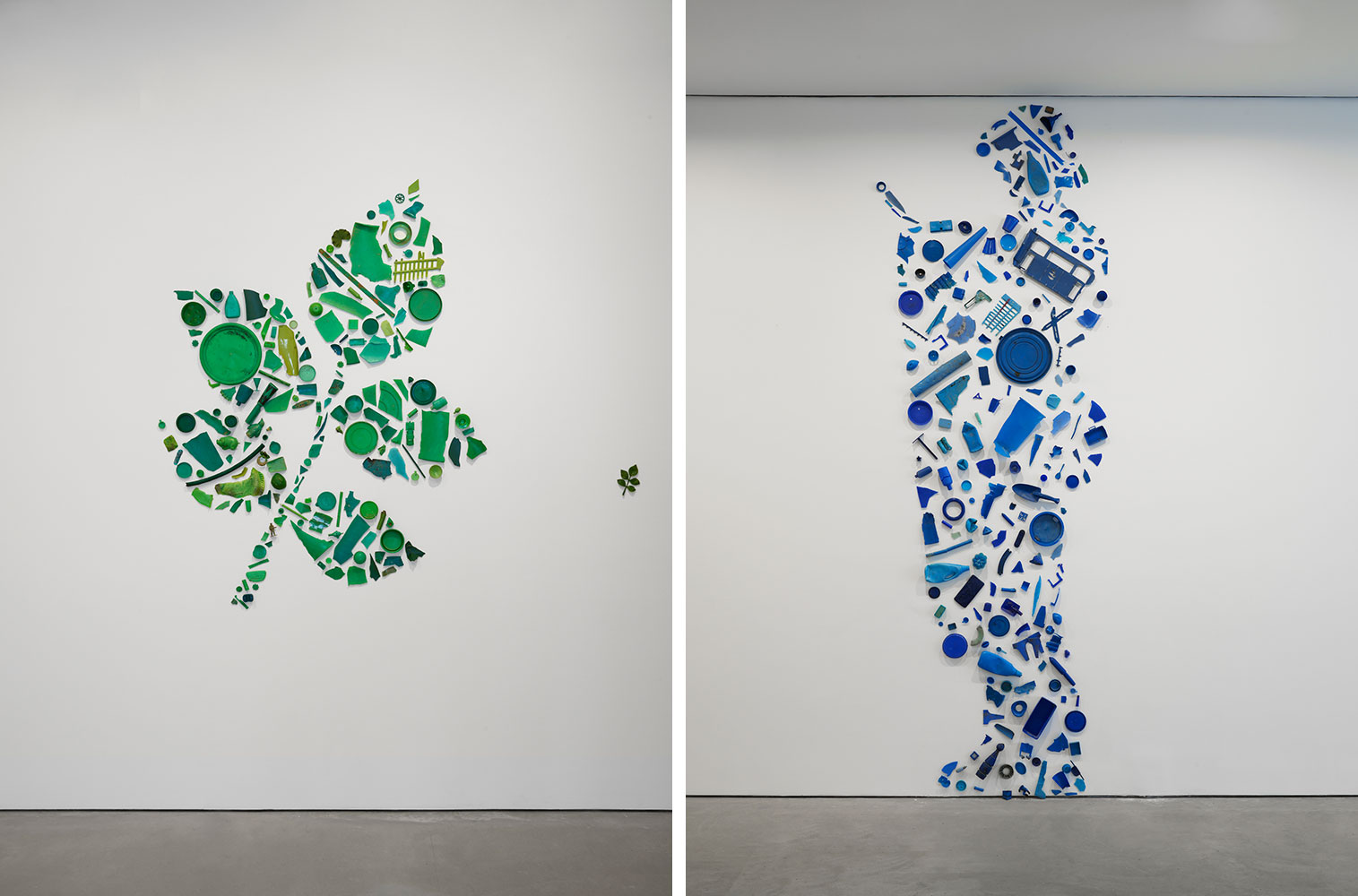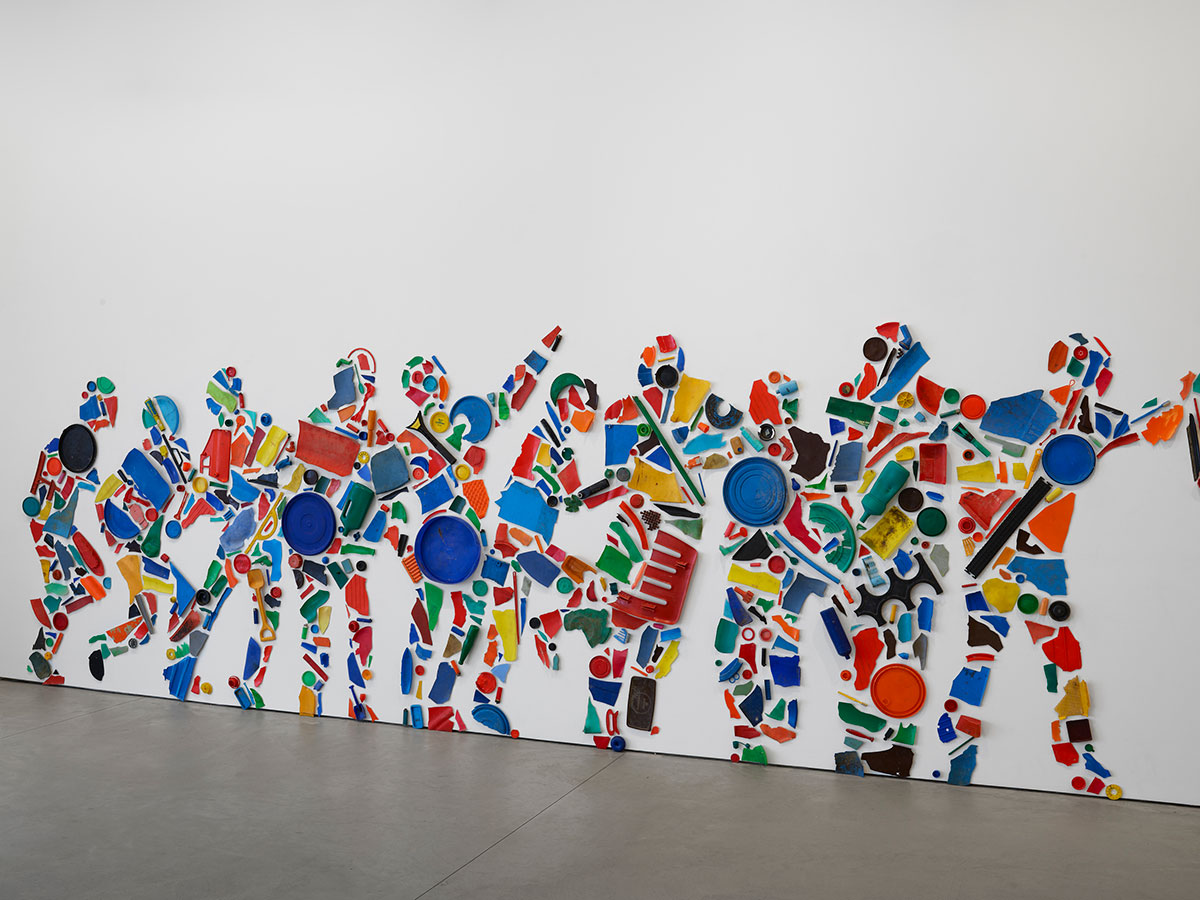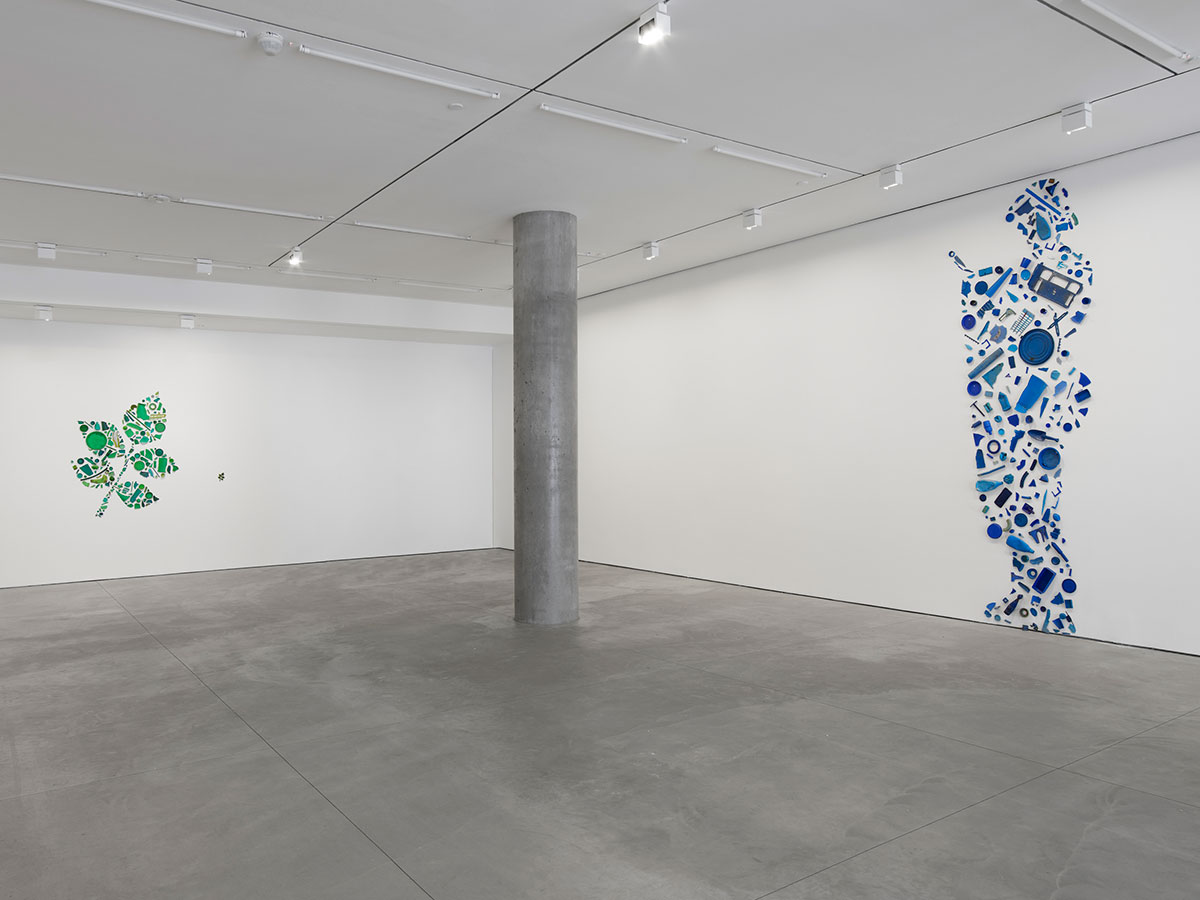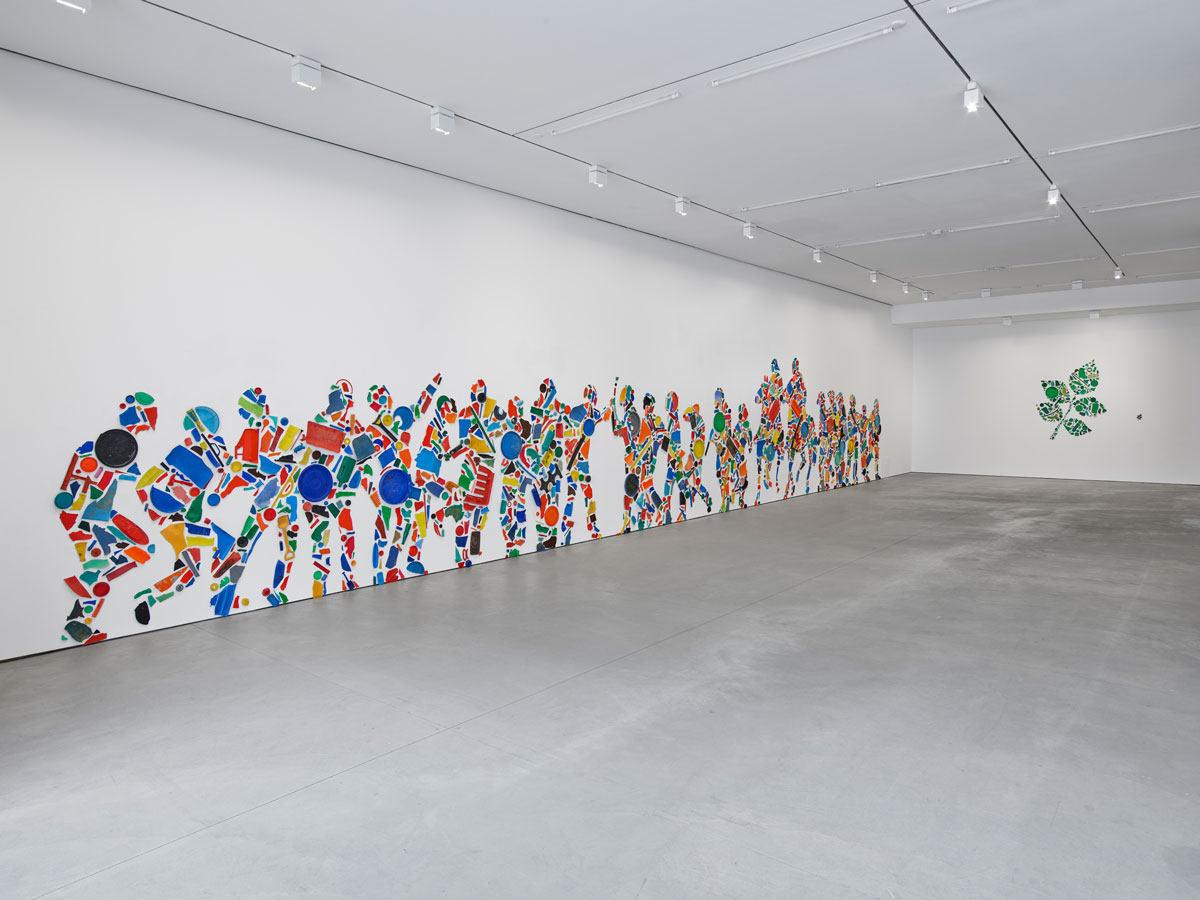ART CITIES: N.York-Tony Cragg
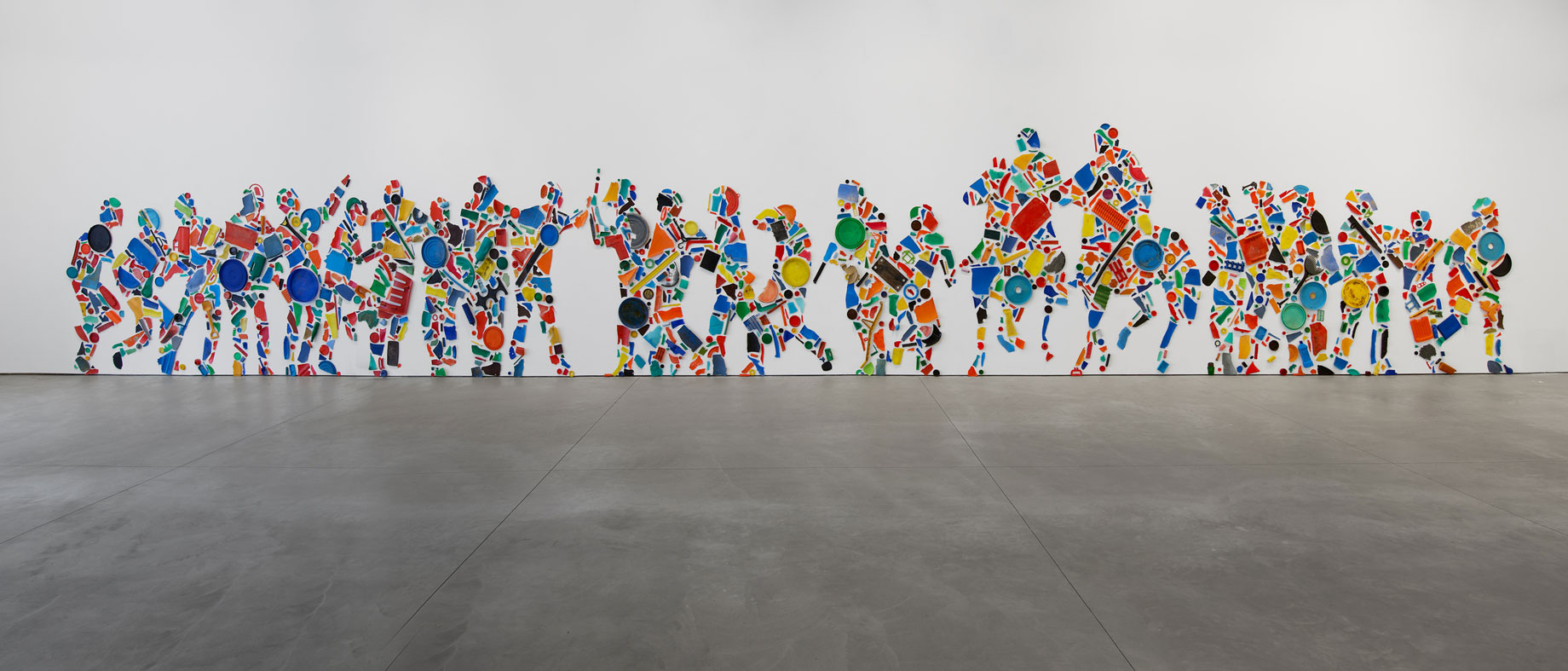 Tony Cragg is one of the world’s foremost sculptors. Constantly pushing to find new relations between people and the material world, there is no limit to the materials he might use, as there are no limits to the ideas or forms he might conceive. His early, stacked works present a taxonomical understanding of the world, and he has said that he sees manmade objects as “fossilized keys to a past time which is our present”. So too, the floor and wall arrangements of objects that he started making in the 1980s blur the line between manmade and natural landscapes: they create an outline of something familiar, where the contributing parts relate to the whole.
Tony Cragg is one of the world’s foremost sculptors. Constantly pushing to find new relations between people and the material world, there is no limit to the materials he might use, as there are no limits to the ideas or forms he might conceive. His early, stacked works present a taxonomical understanding of the world, and he has said that he sees manmade objects as “fossilized keys to a past time which is our present”. So too, the floor and wall arrangements of objects that he started making in the 1980s blur the line between manmade and natural landscapes: they create an outline of something familiar, where the contributing parts relate to the whole.
By Dimitris Lempesis
Photo: Lisson Gallery Archive
Tony Cragg’s seminal work “Riot” (1987) is on show in New York. Comprising found, discarded plastic objects, this large-scale wall relief, is readable as a response to the political and social turbulence of the 1980s in Britain and is considered as one of his most acclaimed works. Despite its initial historic specificity, the work is simultaneously comprehensible as a current reflection of our own fraught context. Alongside this work are two further compositions from 1981, “Policeman” and “Leaf” that similarly address this unrest as well as our paradoxical relationship with nature. Assembled from a multitude of meticulously positioned plastic objects, which span the entire width of the gallery wall, Riot conveys a barricade of police officers wearing special protective gear. Following Cragg’s enduring interest in the dynamic power of matter to assume form, the wall work figuratively foregrounds a scene of militarized state power, alluding to the many social upheavals that arose in reaction to the conservative Thatcherite regime in 1980s Britain. Considering the monumental scale, the work is evocative of Parthenon Friezes, playing on traditions of spatial engagement with relief composition and narrative-led portrayals of imperial warfare and societal collapse. These art historical nods simultaneously position Riot with a view towards the past while make striking connections with our present context of rising authoritarianism and police repression. An early example of the artist’s studied interrogation of industrial materials, Cragg uses the vivid colors and unaltered forms of disparate plastic objects to materialize a sensorially immersive and dynamic image-sculpture. “Policeman” (1981), similarly echoes the volatile political conditions under which the work was made in its depiction of a singular police officer that towers over the viewer. Composed of a mélange of blue plastic objects, the work unpacks the color blue and its loaded symbolic associations with two interconnected institutions of societal repression during this period, the Metropolitan Police and the Conservative Party. “Leaf” (1981) underscores Cragg’s interest in exploring humans’ relationships with their material environments. A commentary on the rapid accumulation of man-made materials (especially plastic) in industrialized economies, Cragg substitutes pointed ecological critique with playful humor by forming a leaf – a charged symbol of organic purity – out of green plastic objects. The artist explains that his preference for man-made materials arose out of a desire to confront viewers with their overlooked yet deeply intimate quotidian relationships with such objects. The paradoxical form of Leaf further probes viewers to question what separates the natural from the unnatural. Taken together, these three works give important historical context to an artist who has gone on to become one of the world’s foremost sculptors. Though the works are reflective of the socio-political context of 1980s Britain, their poetic allusions to civil unrest and industrial pollution could not be more contemporary.
Photo: Tony Cragg, Riot, Installation view Lisson Gallery-New York, 2023, courtesy the artist and Lisson Gallery
Info: Lisson Gallery, 508 West 24th Street, New York, NY, USA, Duration: 14/3-15/4/2023, Days & Hours: Tue-Sat 10:00-18:00, www.lissongallery.com/
